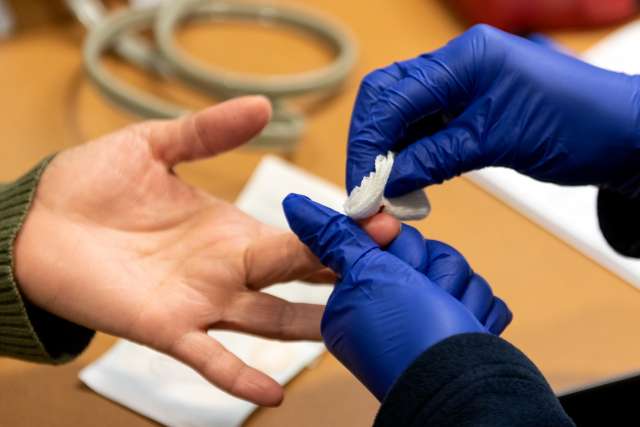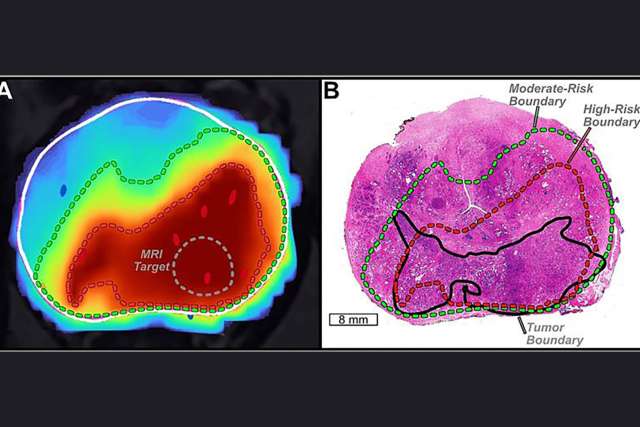FINDINGS
UCLA researchers, working with colleagues at the University of Southern California, have developed a computer program to detect cancer based on chemical modification of DNA circulating in blood. The program belongs to the first diagnostics of this kind to predict what tissue the modified DNA came from. In a test to detect three cancer types, the computer program, known as CancerLocator, outperformed two common approaches and was superior in detecting cancer in blood samples containing low levels of target DNA, which reflect early-stage disease.
BACKGROUND
Recent molecular advances have raised the possibility of detecting cancer in body fluids like blood or saliva. First, scientists found that DNA (most of which resides inside a cell’s nucleus) occasionally leaks from dying cells and circulates as fragments in blood, where it is detectable by methods like DNA sequencing. At the same time, cancer researchers began reporting that DNA from numerous cancers often displays abnormal patterns of a modification called methylation, providing an excellent diagnostic target.
METHOD
The team used CancerLocator and two popular machine learning methods (Support Vector Machine and Random Forest) to analyze Cell Free DNA (small DNA fragments found circulating in plasma or serum) methylation data derived from three groups of people: 29 with liver cancer, 12 with lung cancer and five with breast cancer. The researchers tested each sample 10 times. The Random Forest and Support Vector Machine methods had an overall error rate of 0.646 and 0.604 respectively, while CancerLocator obtained a lower error rate of 0.265. More important, in blood or plasma samples containing moderate-to-low amounts of Cell Free DNA, CancerLocator accurately predicted disease in approximately 80 percent of lung and liver cancer samples, a score superior to other methods and one that strongly suggests it could detect early-stage disease.
IMPACT
Development of sensitive detection methods based on accessible tissue like blood would have significant impact, as early cancer diagnosis can increase survival. For example, lung cancer, a malignancy successfully detected here, remains the leading cause of cancer death in the United States in part, because there are few ways to detect it before it becomes lethal. Approaches that use technology like CancerLocator must be further validated.
AUTHORS
The co-lead authors include Dr. Xianghong Jasmine Zhou, Dr. Steven Dubinett and Dr. Wenyuan Li, all from the department of pathology and laboratory medicine in the David Geffen School of Medicine at UCLA. The first author is Dr. Shuli Kang of the department of molecular and computational biology at the USC.
Other authors include: Dr. Yonggang Zhou, Dr. Stacy Park, Dr. Brandon Grimes, and Dr. Kostyantyn Krysan, of UCLA; Qingjiao Li, Quan Chen, Dr. Min Yu, Dr. Frank Alber and Dr. Fengzhu Sun, of USC; Dr. Gina Lee of the Veterans Administration Greater Los Angeles Healthcare System in Los Angeles; and Wei Wang of Zhejiang Province Tongde Hospital, Hangzhou, China.
JOURNAL
The research is published in the open-access journal Genome Biology.
FUNDING
This work was supported by the NHLBI (grant U01HL108634) and the NCI (grants 1U01CA214182-01 and 1U01CA196408-01).





